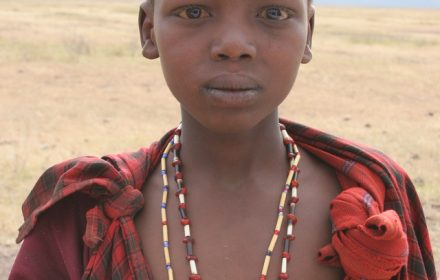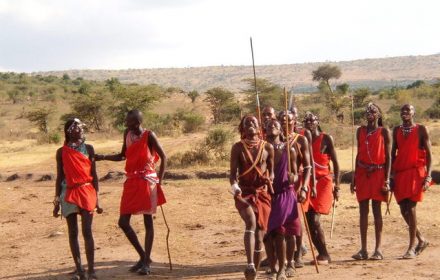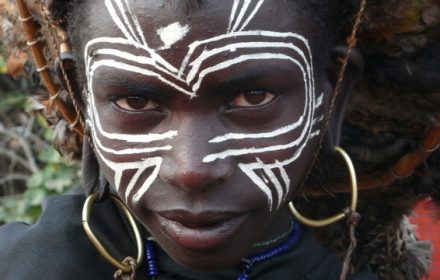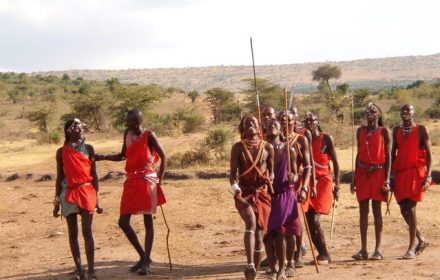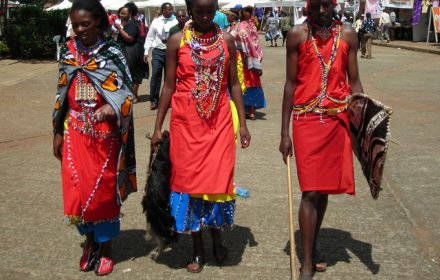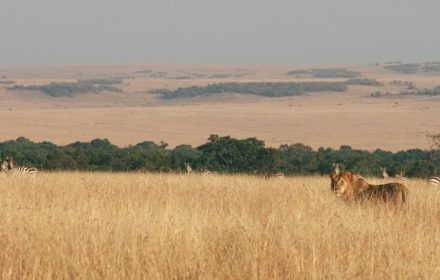Maasai ceremonies between circumcision and marriage serve to maintain their age-set classes of social system and political culture. But they do not distinguish age or time similar to the advanced and more modern ways. They approximate time in fourteen-year sections. Maasai ceremonies and traditions mark the age-sets in their strictest form. One of the most important Maasai initiation is Emuratare elevating the boys from childhood to adulthood. The fourteenth year culminates in Emuratare or circumcision and the 28th year in Eunoto or marriage. And in between these years, they are warriors with the responsibility of defending the territory where they live.
July 29, 2023
Despite of a high cholesterol diet, Maasais show no signs of heart or lifestyle diseases. The consumption of unhealthy food seems to have no adverse impact on them. The level of cholesterol, blood pressure, cholesterol gallstones, and hypertension in their bodies is negligible. They tend to have low rates of coronary artery diseases and have excellent endurance. And they burn no more calories than sedentary urbanites. It is indeed a miracle that the Maasais are in good health despite of their diet. The medical scientists often referenced the Maasais as evidence that low-carbohydrate and a high-fat diet is not heart-damaging.
Maasai is the most known Kenyan tribe, having grown into a brand of tourism and fashion. The tribe is an icon of the diversity of Kenya. Traditional beliefs, pastoral traditions and exquisite artistry of warriors constitute the Maasais. Louis Vuitton has a line that includes Maasai hats, scarves, beach towels and duffle bags. There are currently 80 companies worldwide using the Maasai image. It shows just how well-recognized the brand has become. To the modern world, they may represent fashion brand, but for the Maasais, they are symbolic. Entering into Maasailand is taking a journey to a land of symbols.
Maasai rituals are an essential part of their lifestyle. They have survived in part through oral genealogies. Age-sets identify men for the rest of their lives. On the other hand, Maasai culture recognizes women by the age-sets of their husbands. Some ceremonies are for both women and men. Others are solely for the males. Female ceremonial rituals focus on their marriage and circumcision. Both males and females are supposed to undergo circumcision. Each ritual transition between age groups and age-sets is metaphorically a step toward God and old age. Predominantly, the rites of passage are the most famous Maasai festivals.
Maasais are not only tribal herders but are great politicians and world-class athletes as well. Their aspiration to represent appropriately in the country’s governing classes is evident in Joseph Ole Lenku who vied for a governorship position in the 2017 elections. Similarly, David Rudisha stands testimony to their exceptional athletic prowess. His march towards becoming the third-time gold medalist for the 800m race at the 2020 Olympics is pretty commendable. And he stands a good chance. Anyone fascinated with this nomadic tribe would be equally in awe to learn about the journey of these two Maasai men and their backgrounds.
Maasais are facing many political and socio-economic challenges. They live in inconceivable poverty and rely on relief food. Customs, activities, rituals and cattle raiding have been outlawed. Maasai leadership is losing its power because of imposed foreign concepts of development by the western front. Government policies have made Maasai way of life increasingly difficult. At this point, the sustainability of their way of living is uncertain. Although Maasai culture is transforming, its beliefs and values remain strong. Maasais who lead urbanized lifestyle happily head homewards in designer clothes, only to emerge from the Maasailand wearing their shuka and cowhide sandals.

